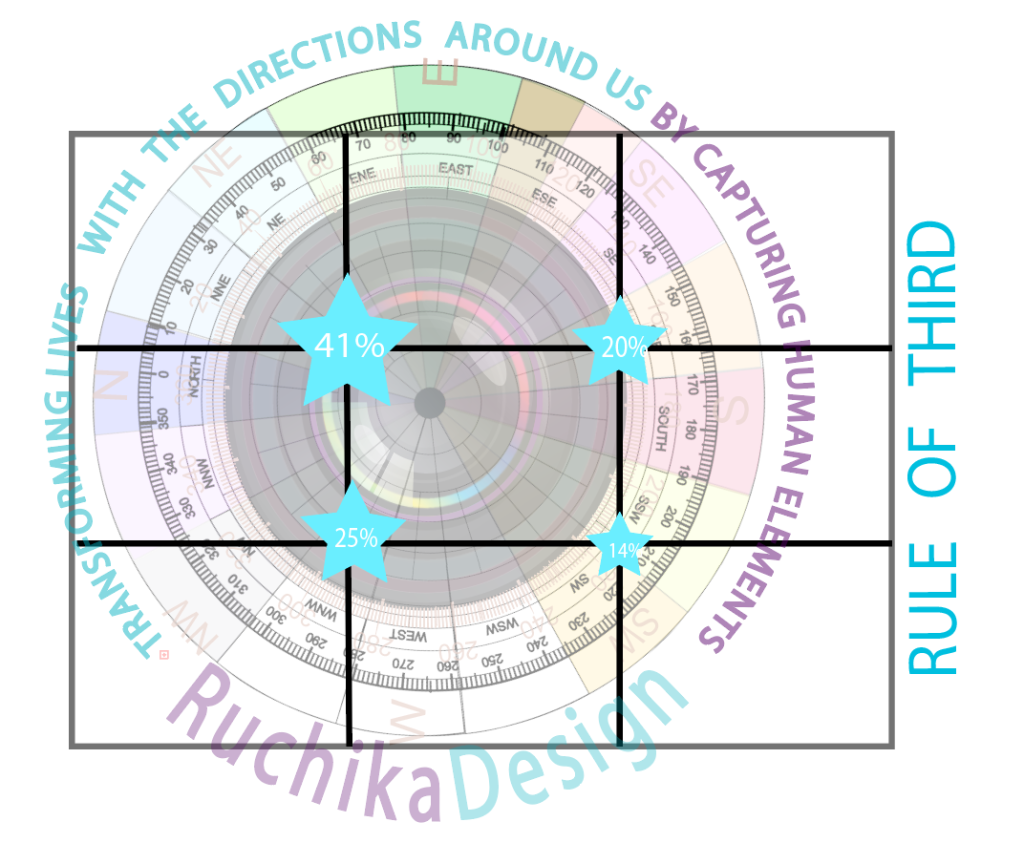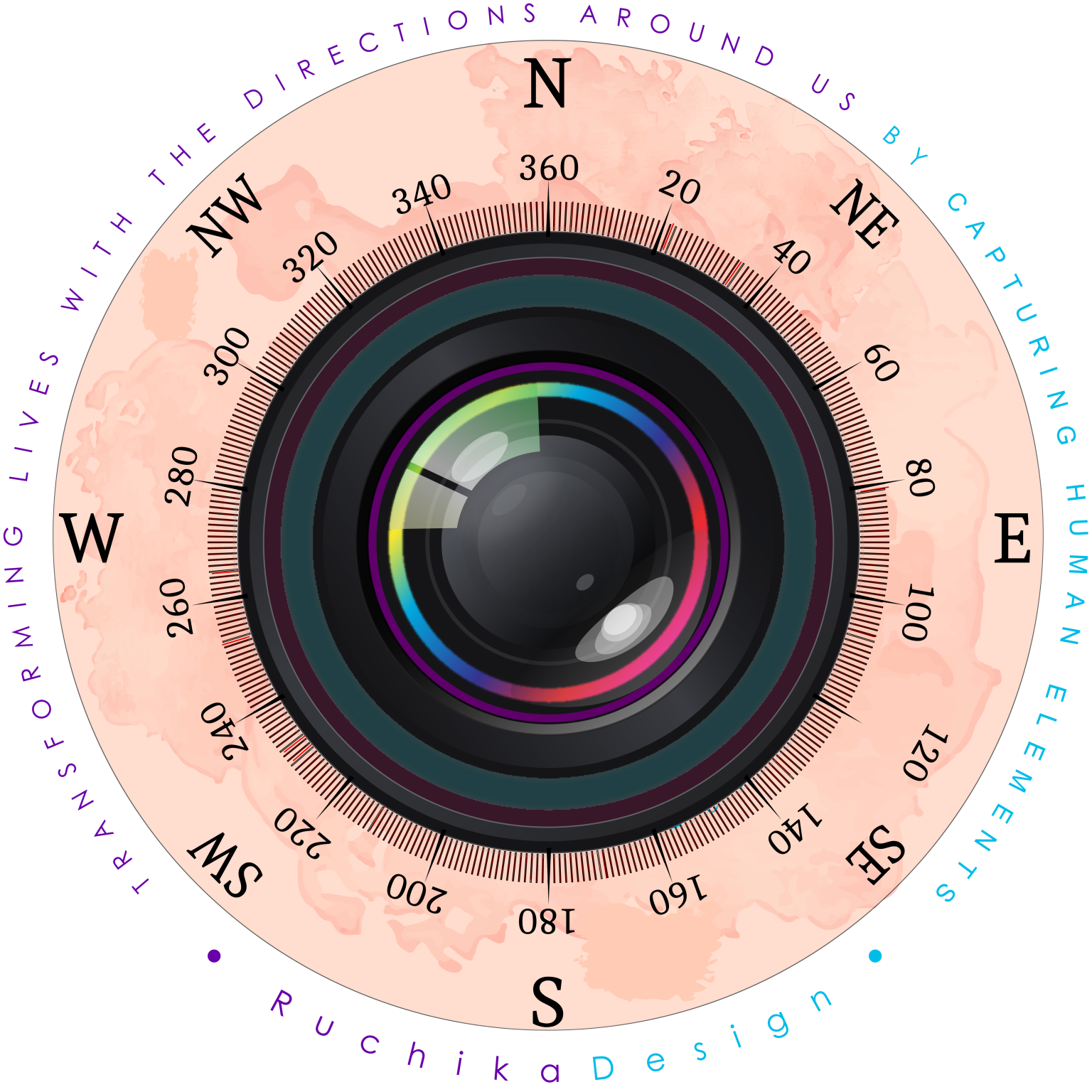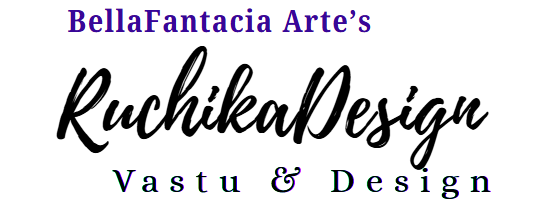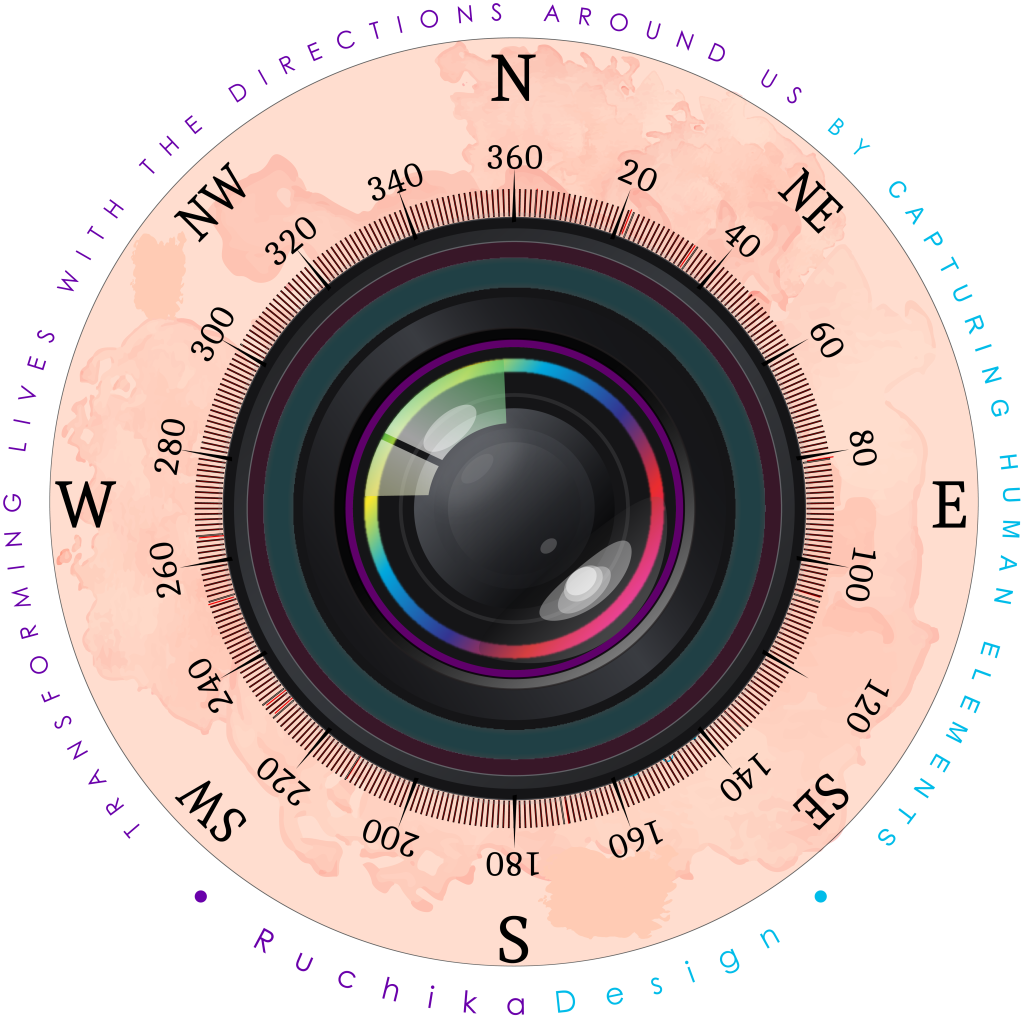
Vastu Interpretation of Rule of Thirds
Post by : Ruchika
Post date : 01/12/2024
The Rule of Thirds divides a space into three horizontal or vertical sections, creating a grid of nine parts. This grid aligns well with the Vastu Purusha Mandala, which also divides space into nine zones, each governed by specific elements and energies.
1. Horizontal Division
- Top Third:
- Represents Heaven (Akash tattva) or the higher spiritual plane.
- Focus here on elements that encourage upward energy, such as skylights, high ceilings, or light, uplifting colors. This area symbolizes inspiration and infinite potential.
- Middle Third:
- Represents the Human Plane (Prithvi tattva) or the physical world.
- This is the active zone where most functional elements like furniture, workspaces, and seating should be placed. It symbolizes stability and grounded living.
- Bottom Third:
- Represents Earth (Jal/Agni tattva) or grounding energy.
- This zone is associated with foundations, grounding materials (e.g., flooring), and elements like water bodies, low furniture, or fire elements.
2. Vertical Division
- Left Third:
- Aligns with the East or North-East directions, representing growth, creativity, and flow (Vayu tattva).
- Ideal for placing elements like windows, plants, or areas related to beginnings (e.g., study zones).
- Center Third:
- Corresponds to the central Brahmasthan, emphasizing balance and neutrality (Akash tattva).
- This area should remain open, uncluttered, and free-flowing to enhance the natural energy flow.
- Right Third:
- Aligns with the South or South-West, representing stability and grounding (Prithvi tattva).
- Suitable for heavier furniture, storage, or areas representing security and completion.
3. Integration with the Five Elements
By aligning the divisions of the Rule of Thirds with the five elements of Vastu, you can enhance the energetic harmony:
- Earth (Prithvi): Lower areas or heavier objects.
- Water (Jal): Center or areas encouraging flow.
- Fire (Agni): Bright and vibrant elements in balance.
- Air (Vayu): Upper areas or open spaces.
- Space (Akash): Minimal clutter and openness in the central zones.
Applications in Vastu
- Room Layouts:
- Furniture placement can follow the thirds for balance.
- For example, in a bedroom, the bed could occupy the bottom third (stability), a window in the top third (openness), and neutral space in the middle third.
- Building Design:
- Divide the façade or structure into thirds vertically and horizontally to place windows, doors, or decorative elements in harmony with Vastu principles.
- Landscaping:
- Gardens can use the thirds to allocate areas for water features, open lawns, and grounding trees.
Benefits of Applying Rule of Thirds in Vastu
- Enhances visual and energetic balance.
- Aligns physical spaces with cosmic energy flow.
- Creates harmony between functionality and spiritual alignment.
- Promotes mental clarity, creativity, and well-being.
Room Layout Example
Imagine a living room layout divided into a 3×3 grid based on the Rule of Thirds.
- Horizontal Division:
- Top Third:
- This area should be kept light and airy, with windows or skylights to allow the flow of positive energy (Akash).
- Middle Third:
- Place the main functional items like sofa, coffee table, or work desk, as this is the human plane where day-to-day activities occur. This represents stability and balance.
- Bottom Third:
- Use this space for grounding elements, such as flooring materials (e.g., tiles, wood) or furniture that stays low to the ground (e.g., low-sitting chairs). This area connects the Earth element to the space.
- Top Third:
- Vertical Division:
- Left Third:
- In this section, you could position plants or bookshelves, as this represents growth and the East direction in Vastu, which brings prosperity and creativity.
- Center Third:
- The central part of the room is crucial for the Brahmasthan, the neutral zone. Keep this area open, allowing for free energy flow. It should be clear of heavy furniture or clutter.
- Right Third:
- This section, aligned with the South-West direction in Vastu, is best for heavier furniture like cabinets or storage. It provides stability and security.
- Left Third:
By dividing the room into thirds, you ensure that the space remains harmonious and supports the positive flow of energy (Prana), while also maintaining a pleasing aesthetic balance.
Vastu Interpretation of Rule of Thirds
Post by : Ruchika
Post date : 01/12/2024
The Rule of Thirds divides a space into three horizontal or vertical sections, creating a grid of nine parts. This grid aligns well with the Vastu Purusha Mandala, which also divides space into nine zones, each governed by specific elements and energies.
1. Horizontal Division
- Top Third:
- Represents Heaven (Akash tattva) or the higher spiritual plane.
- Focus here on elements that encourage upward energy, such as skylights, high ceilings, or light, uplifting colors. This area symbolizes inspiration and infinite potential.
- Middle Third:
- Represents the Human Plane (Prithvi tattva) or the physical world.
- This is the active zone where most functional elements like furniture, workspaces, and seating should be placed. It symbolizes stability and grounded living.
- Bottom Third:
- Represents Earth (Jal/Agni tattva) or grounding energy.
- This zone is associated with foundations, grounding materials (e.g., flooring), and elements like water bodies, low furniture, or fire elements.
2. Vertical Division
- Left Third:
- Aligns with the East or North-East directions, representing growth, creativity, and flow (Vayu tattva).
- Ideal for placing elements like windows, plants, or areas related to beginnings (e.g., study zones).
- Center Third:
- Corresponds to the central Brahmasthan, emphasizing balance and neutrality (Akash tattva).
- This area should remain open, uncluttered, and free-flowing to enhance the natural energy flow.
- Right Third:
- Aligns with the South or South-West, representing stability and grounding (Prithvi tattva).
- Suitable for heavier furniture, storage, or areas representing security and completion.
3. Integration with the Five Elements
By aligning the divisions of the Rule of Thirds with the five elements of Vastu, you can enhance the energetic harmony:
- Earth (Prithvi): Lower areas or heavier objects.
- Water (Jal): Center or areas encouraging flow.
- Fire (Agni): Bright and vibrant elements in balance.
- Air (Vayu): Upper areas or open spaces.
- Space (Akash): Minimal clutter and openness in the central zones.
Applications in Vastu
- Room Layouts:
- Furniture placement can follow the thirds for balance.
- For example, in a bedroom, the bed could occupy the bottom third (stability), a window in the top third (openness), and neutral space in the middle third.
- Building Design:
- Divide the façade or structure into thirds vertically and horizontally to place windows, doors, or decorative elements in harmony with Vastu principles.
- Landscaping:
- Gardens can use the thirds to allocate areas for water features, open lawns, and grounding trees.
Benefits of Applying Rule of Thirds in Vastu
- Enhances visual and energetic balance.
- Aligns physical spaces with cosmic energy flow.
- Creates harmony between functionality and spiritual alignment.
- Promotes mental clarity, creativity, and well-being.
Room Layout Example
Imagine a living room layout divided into a 3×3 grid based on the Rule of Thirds.
- Horizontal Division:
- Top Third:
- This area should be kept light and airy, with windows or skylights to allow the flow of positive energy (Akash).
- Middle Third:
- Place the main functional items like sofa, coffee table, or work desk, as this is the human plane where day-to-day activities occur. This represents stability and balance.
- Bottom Third:
- Use this space for grounding elements, such as flooring materials (e.g., tiles, wood) or furniture that stays low to the ground (e.g., low-sitting chairs). This area connects the Earth element to the space.
- Top Third:
- Vertical Division:
- Left Third:
- In this section, you could position plants or bookshelves, as this represents growth and the East direction in Vastu, which brings prosperity and creativity.
- Center Third:
- The central part of the room is crucial for the Brahmasthan, the neutral zone. Keep this area open, allowing for free energy flow. It should be clear of heavy furniture or clutter.
- Right Third:
- This section, aligned with the South-West direction in Vastu, is best for heavier furniture like cabinets or storage. It provides stability and security.
- Left Third:
By dividing the room into thirds, you ensure that the space remains harmonious and supports the positive flow of energy (Prana), while also maintaining a pleasing aesthetic balance.



